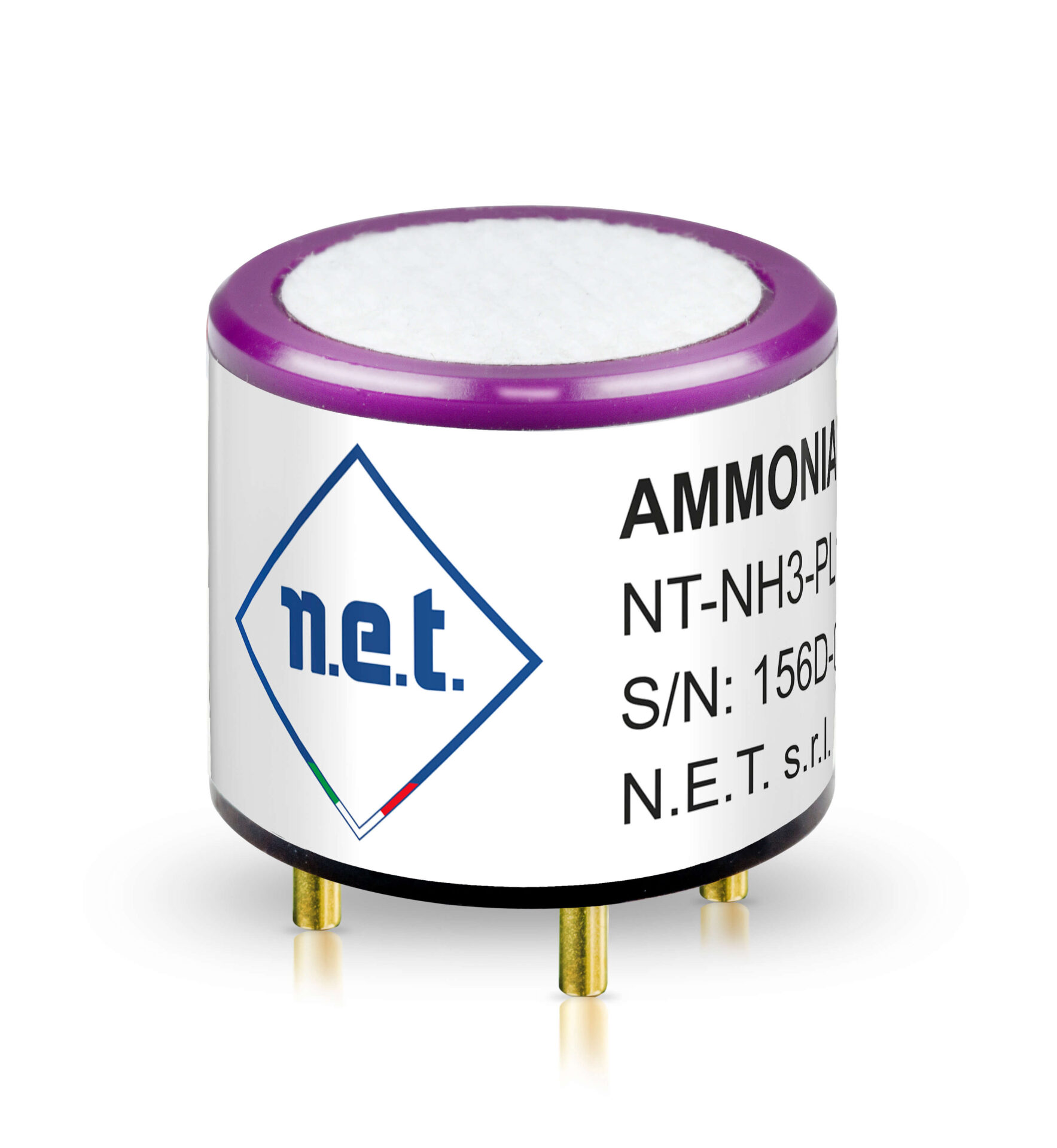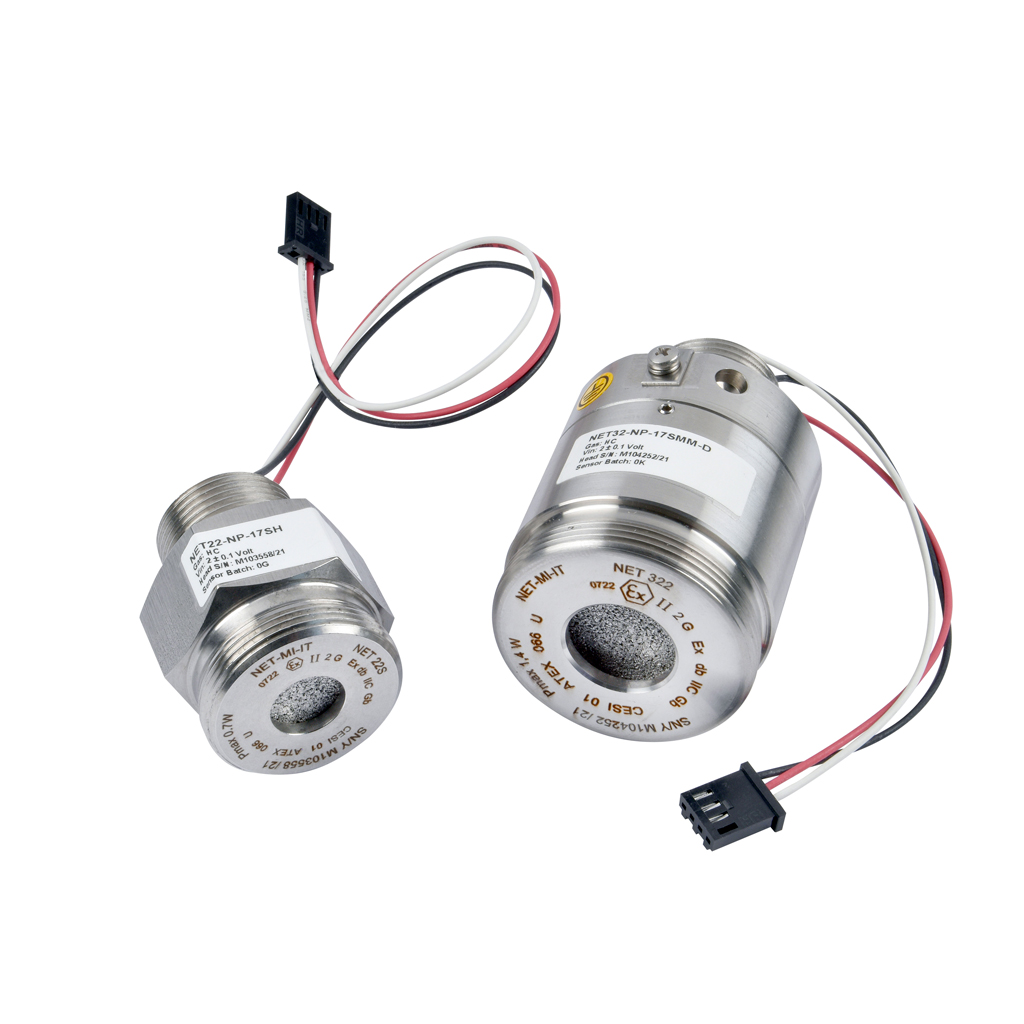
Reliability and safety integrity level of any gas detection system starts with the gas sensing elements. N.E.T. range of NDIR, Electrochemical and catalytic bead sensors ensure reliable and field-proven performances.

HIGHLIGHTS
- Combustibles – Liquids with flash point between 37.8°C (100°F) F and 93.3°C (200°F).
- Flammables – Liquids with flash point under 37.8°C (100°F), gases that form flammable mixtures with air at 13% volume concentration or less.
- Asphyxiating – Causing suffocation by displacing O2 (e.g. H2, CO) or by interfering with blood’s ability to carry O2 (e.g. CO).
- Irritants/Corrosives – Causing inflammatory effect on tissue by chemical action (e.g. NH3, Cl2, O3, SO2)
- Toxic Agents – Poisonous to one or several organs (e.g. CS2, AsH3, CCl4)
- Carcinogens – Causing cancers (e.g. vinyl chloride)
Typical types of hazardous gas and vapors are: - Central Nervous System Depressants – Causing disturbances to CNS (e.g. benzene, acetone)
Most manufacturing and industrial processes in the world, be it food production, mining or automotive involve the use and/or the production of highly dangerous chemicals and machinery that can produce dangerous levels of poisonous and flammable gases.
Any occasional escape of gas can represent a serious hazard to personnel involved, people living nearby, along with industrial and private property. Incidents involving asphyxiation, explosions and loss of life occurring throughout the world remind us every day of the importance of safety plans based on reliable gas detection.

Most manufacturing and industrial processes in the world, be it food production, mining or automotive involve the use and/or the production of highly dangerous chemicals and machinery that can produce dangerous levels of poisonous and flammable gases.
Any occasional escape of gas can represent a serious hazard to personnel involved, people living nearby, along with industrial and private property. Incidents involving asphyxiation, explosions and loss of life occurring throughout the world remind us every day of the importance of safety plans based on reliable gas detection.

Gas detection requirements are often driven by international, local and corporate regulation. For toxic gas detection, the EN 45544 (Parts 1-4) series of standards, generically entitled ‘Workplace atmospheres – electrical apparatus used for the direct detection and direct concentration measurement of toxic gases and vapors’ is the prominent regulation. New standards for flammable gas detectors (EN 60079-29-1 and 60079-29-2) have emerged, a revised standard for oxygen detectors (EN 50104) is imminent, and work is in progress to produce a EN standard for carbon monoxide and carbon dioxide detectors for indoor air quality, including commercial applications.

Gas detection systems within and around industrial facilities concur to protect health, life and property while ensuring process integrity. As facility and plant managers are increasingly aware of the key role that gas detectors play in their safety network and their profitability. Operators are increasingly seeking dependable gas detection solutions that provide a high safety integrity level and are cost-effective.




